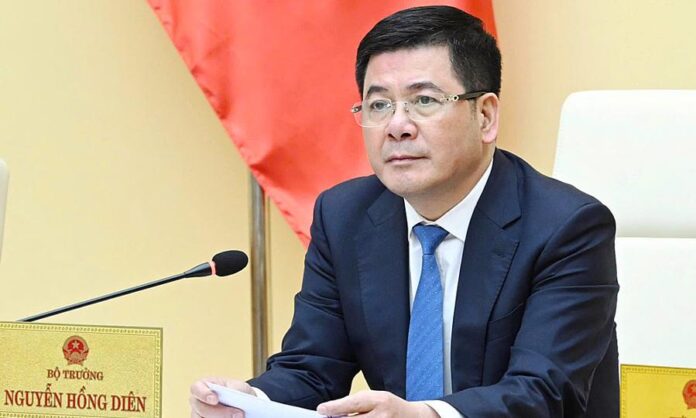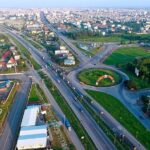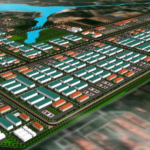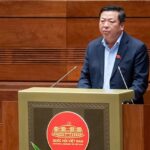At a recent appraisal meeting regarding adjustments to the National Power Development Plan VIII (Plan VIII), Minister of Industry and Trade, Nguyen Hong Dien, expressed concerns about the high investment costs of offshore wind power. As a result, he proposed postponing the development of offshore wind power projects until after 2030.
The original Plan VIII, which aimed for an offshore wind power capacity of 6,000 megawatts by 2030, has not seen any project approvals so far. With the proposed adjustments, the target capacity for offshore wind power has been increased to 17,000 megawatts, but the timeline has been pushed back to 2035.
Vietnam is now prioritizing onshore and nearshore wind power development over the next five years, with a planned capacity increase of 15% from the original Plan VIII. This shift in focus is expected to result in a capacity of 27,791 – 34,667 megawatts.
The World Bank estimates Vietnam’s offshore wind potential to be approximately 600 gigawatts, and by 2035, offshore wind could contribute up to 12% of the country’s total electricity output. Despite this potential, offshore wind power development in Vietnam faces challenges, including high capital investment requirements.
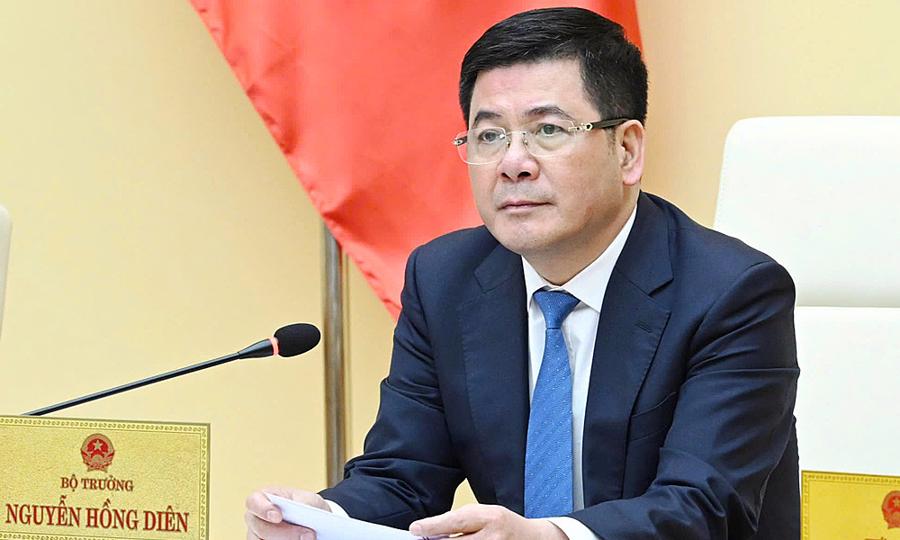
To support the country’s economic growth targets, the Vietnamese government aims to increase total power capacity to 183,291 – 236,363 megawatts by 2030. This represents a significant increase of 18-54% from current projections. While coal power capacity is expected to see a modest increase, power capacity from domestic gas sources will remain unchanged.
Some LNG power projects have been delayed and will now be completed after 2030, resulting in a reduced LNG power capacity of 8,824 megawatts for the next five years. On the other hand, hydropower, renewable energy, and battery storage are set to expand. The government plans to maximize Vietnam’s hydropower potential, with capacity increases for both large and medium-sized, as well as small hydropower plants.
Solar power is also expected to witness significant growth, with a capacity increase of 25,867-52,825 megawatts. This expansion is crucial to meet the electricity demands of 2026-2027 due to the rapid deployment of solar projects. Additionally, the Ninh Thuan nuclear project is anticipated to add 6,000-6,400 megawatts of capacity by 2030, with commercial operation between 2030 and 2035.
To fund these developments, the Ministry of Industry and Trade has proposed diversifying funding sources, including bank loans, international aid, and capital markets. The government also aims to attract both domestic and foreign investments to encourage broader participation in the energy sector, with estimated investment requirements of $136-172 billion for the 2026-2030 period.
“Vietnam to Emerge as One of the Top 3 Fastest-Growing Emerging Markets by 2025 in Industrial Development and Investment”
Knight Frank, a renowned real estate consultancy firm, has released its Regional Overview Report for 2025, and the outlook for Vietnam’s property market is exceptionally promising. The report highlights that the country’s real estate sector is maturing, showcasing impressive growth and leading the way in industrial development and investment opportunities.
The New Homeowner Generation: Will ACB’s Bold Move to Lend to Young Buyers End Millennial Marriage and Birthrate Blues?
Deploying ACB Chairman Tran Huy Hung’s “First Home” loan package for young people will help alleviate the alarming “reluctance to marry and have children” trend currently prevailing in Vietnam.
The Congress Proposes a Resolution to Invest in an $8.3 Billion Railway Project
At an extraordinary session on February 13, the National Assembly discussed the proposal and assessment report on the investment policy for the Lao Cai – Hanoi – Hai Phong railway project, with a proposed investment mode of public investment. The preliminary total investment is estimated at VND 203,231 billion (approximately USD 8,369 million).

